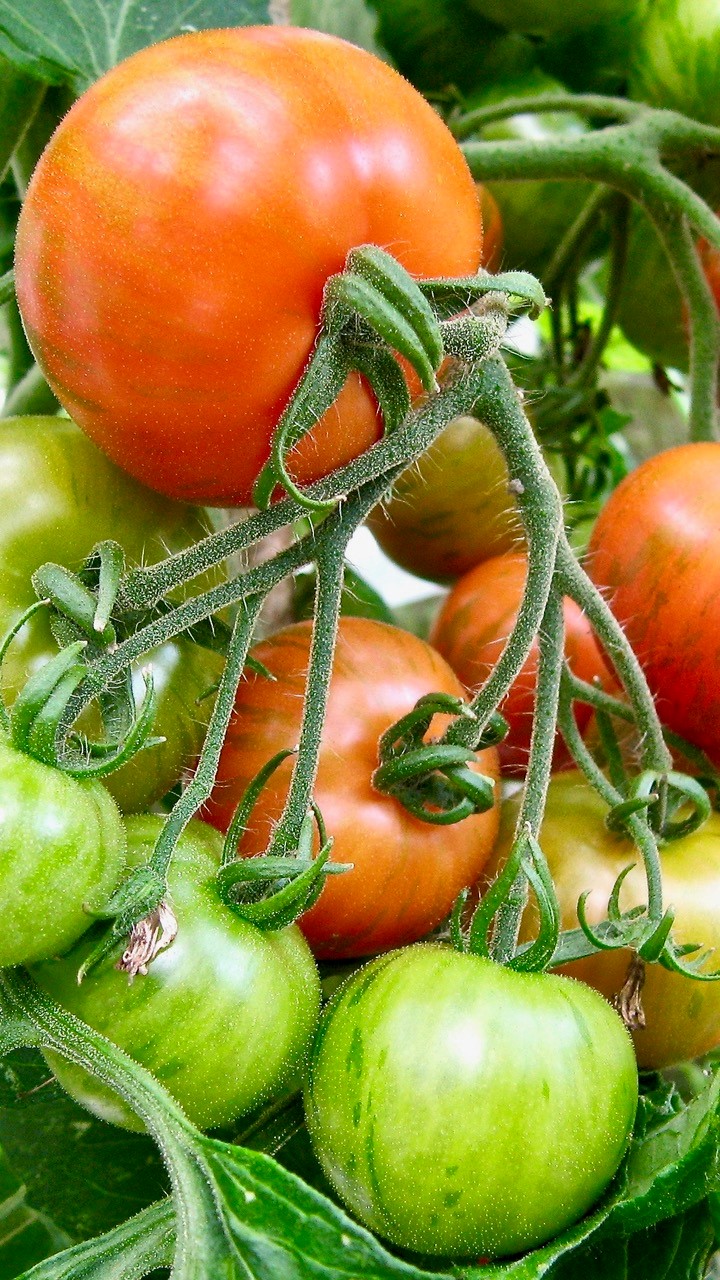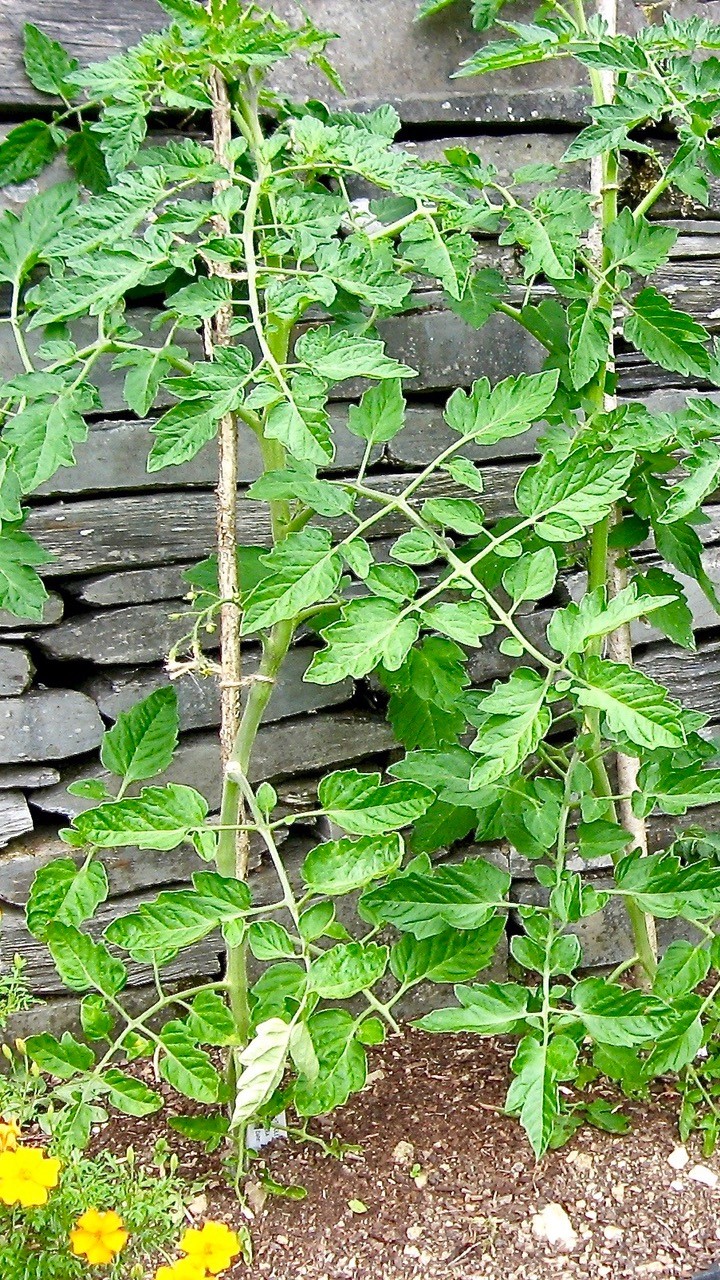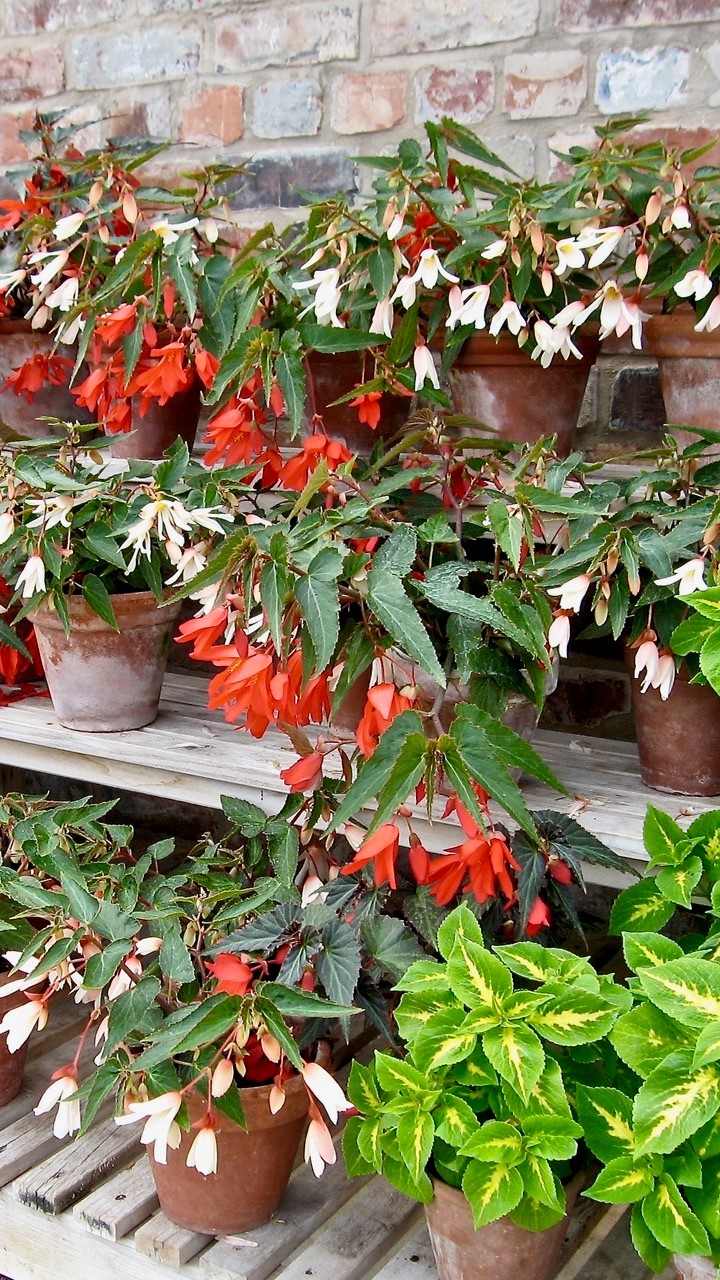As fuel prices and the cost of living escalate, greenhouse gardeners – who can grow their own food by plugging into free, infinitely renewable energy – are ahead of the game.
Our greenhouses did us proud during the worst, dragging stay-at-home spells of the coronavirus pandemic. They helped restore our spirits, let alone our sanity. They gave us meaning, focus and purpose – not to mention flowers and food – during a long storm of fear, loss and uncertainty. They kept us grounded through tough times, which are now getting tougher again.

The cost of just about everything, be it eating, heating, travelling – and, for millions, simply existing – is rising steeply, and is set to climb further, exacerbated largely, but not solely, by the war in Europe. Spiralling energy costs, worry and disquietude are screeching around the corner.
The International Energy Agency (IEA) recently proposed a 10-point plan as part of a collective effort to reduce global demand for oil; this would help ease skyrocketing oil prices, and usher our world onto a more sustainable energy pathway, while reducing reliance on imported Russian oil. The measures include reduced speed limits, more home working and better use of public transport. Surprisingly, gardening doesn’t feature in the IEA’s plan, but that doesn’t mean we can’t adopt a back garden energy- and cost-cutting plan of our own.
We’re truly blessed that our primary energy source – the one that powers our gardening dreams – is renewable, non-polluting and always on during daylight hours (even on cloudy days). It’s also free. It’s climbing higher in the sky each day; by midsummer, it’ll be dead overhead. All we need to plug into it is a greenhouse – or, failing that, a sun-soaked wall.
That dream-fuel is sunshine, and we can make it work harder and smarter, and save us money.
Use the greenhouse you’ve got

Free-standing greenhouses work best when in full sun, so if yours is in complete or part shade and you’re DIY-savvy, consider relocating it (take photos and label all parts first). If moving isn’t an option and it’s shaded by trees or shrubs, pruning will let in the light. If a wall or fence is the shade-caster, painting it white helps reflect light back into the greenhouse. Scrubbing down the glazing lets in light; it’s easier on a rainy day.
There’s never been a better time to invest in a new greenhouse. The outlay will soon pay for itself in myriad ways; a sun-trapping sanctuary soon becomes priceless. Get the biggest and best you can afford. If only sunshine-harvesting greenhouses were exempt from the recent scrapping of VAT on domestic ‘energy-saving’ materials…
Give an unloved greenhouse a home
If you have little cash to spare, a pre-loved greenhouse soaks up the sun just as well as a new one. Scout around for unused greenhouses in neighbouring gardens, and contact the owners to see if you might be allowed to rehome them. Again, take pictures before disassembly, and label the parts. Replacing broken glazing shouldn’t break the bank, while replacement fixings big and small, along with advice, abound online.
Commandeer a sunny wall
A lean-to greenhouse will transform a sunny wall, especially if it faces south or west. If north- and/or east-facing are all you have, you can still make it work; my sun-fuelled lean-to faces northeast, so I’ve painted the bungalow wall white to boost reflected light – with the result that I can grow anything. Brick or stone walls absorb heat during the day, then radiate it out at night, helping keep the greenhouse warm. The darker the wall, the more heat it will absorb.
Apply the ‘bigger is better’ rule, and consider pre-loved. Larger lean-tos allow you to go right inside, but where space is tight, a wall-mounted ‘mini’ model is just as useful (avoid flimsy types with soft plastic coverings, which are prone to wind damage and ultimately add to our planet’s plastic pollution burden). Maximise every scrap of vertical growing space.

Sunny walls create opportunities for DIY pop-up greenhouses. Repurposed secondary glazing units (or similar) laid at a 45˚ angle along the base of a wall or fence become an instant, sun-warmed growing space (it keeps off rain and protects young plants from frost). Use bricks or stones to stop them slipping down.
If a sunny wall is all you have, it can still be used as a warm, sheltered space to germinate seeds and grow on young plants. Fix shelving to the wall, or use a temporary set-up comprising planks of wood and bricks. A stepladder, or just a bench stood against the wall, creates instant, sun-warmed shelf space for pots and trays. On clear, cold nights, drape an old cotton sheet or net curtain over them to protect from frost (avoid using fleece, which sheds polluting microplastics).
During summer, the sheltered microclimate next to a sunny wall can be used to grow warmth-loving crops such as aubergines, peppers and tomatoes in the southern half of the country.
Germination game
Switching off electric propagators saves energy and money. We don’t need them – there’s ample ambient warmth in our homes to germinate any seeds. A living room is the only ‘propagator’ required. Just keep a sharp eye out for when seedlings start to come up, and then move them into the light straight away.

Seeds can be germinated in a sun-warmed greenhouse. Cover them with a cut-open compost bag, black side up; it’ll warm the pots and trays beneath, even on dull days, while stopping the compost from baking and drying out in full sun. In mild weather, seeds can be left in the greenhouse overnight, but on cold spring nights, it’s worth playing musical plant pots and bringing them indoors into the warm. Having some trays to hand speeds the transit up.
Shuttling seeds and young plants between greenhouse and indoors is most beneficial from March to May, when day and night temperatures can fluctuate wildly. It makes both financial and ecological sense to rely on clean and green sunshine to warm seeds in a greenhouse during the daytime, then switch to ‘free’ indoor warmth at night.
Using energy, be it from fossil fuels or otherwise, to heat even the most bubble-wrap-lined – yet still massively heat-losing – greenhouse is for the history books.
Power up your porch
Don’t overlook your porch’s potential as a substitute greenhouse (ditto sunrooms, modest or magnificent). It’s already built, and whether it’s sunny or not, it can be used for germinating seeds and growing on young plants. Painting walls white will infuse it with light, while shelves boost vertical growing space. Spring frost is unlikely to creep into a porch, but on the coldest, starlit nights, crack the inside door open to allow warmth to seep in.
Tough times lie ahead. We’re going to need our sun-harvesting greenhouses, porches and sun-warmed walls more than ever, to both lift our spirits and help pinch some pennies. Gardeners can rest a little easier, knowing that we can tap into enough dream-fuel to power a whole gardening lifetime – and all for free.
Text and images © John Walker
Find John on Twitter @earthFgardener










